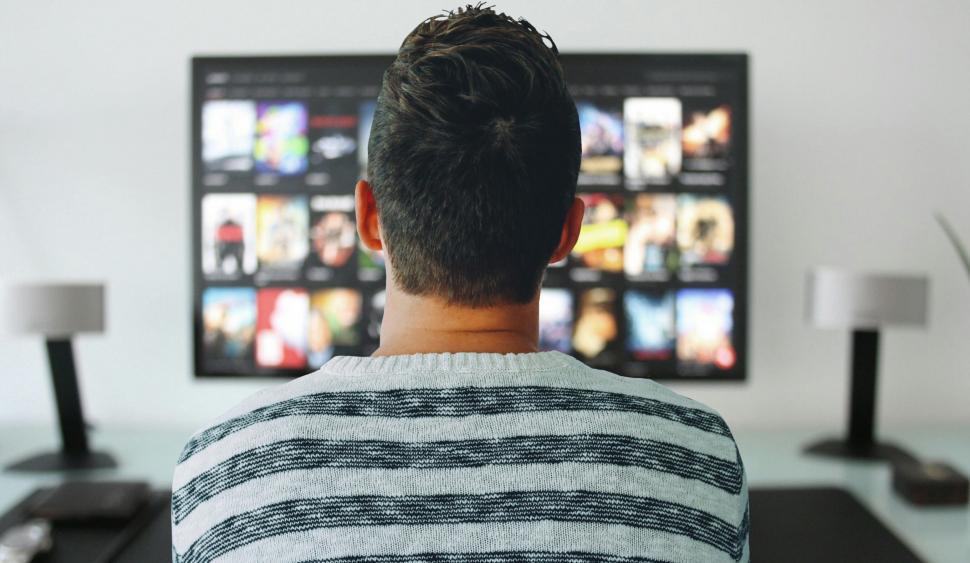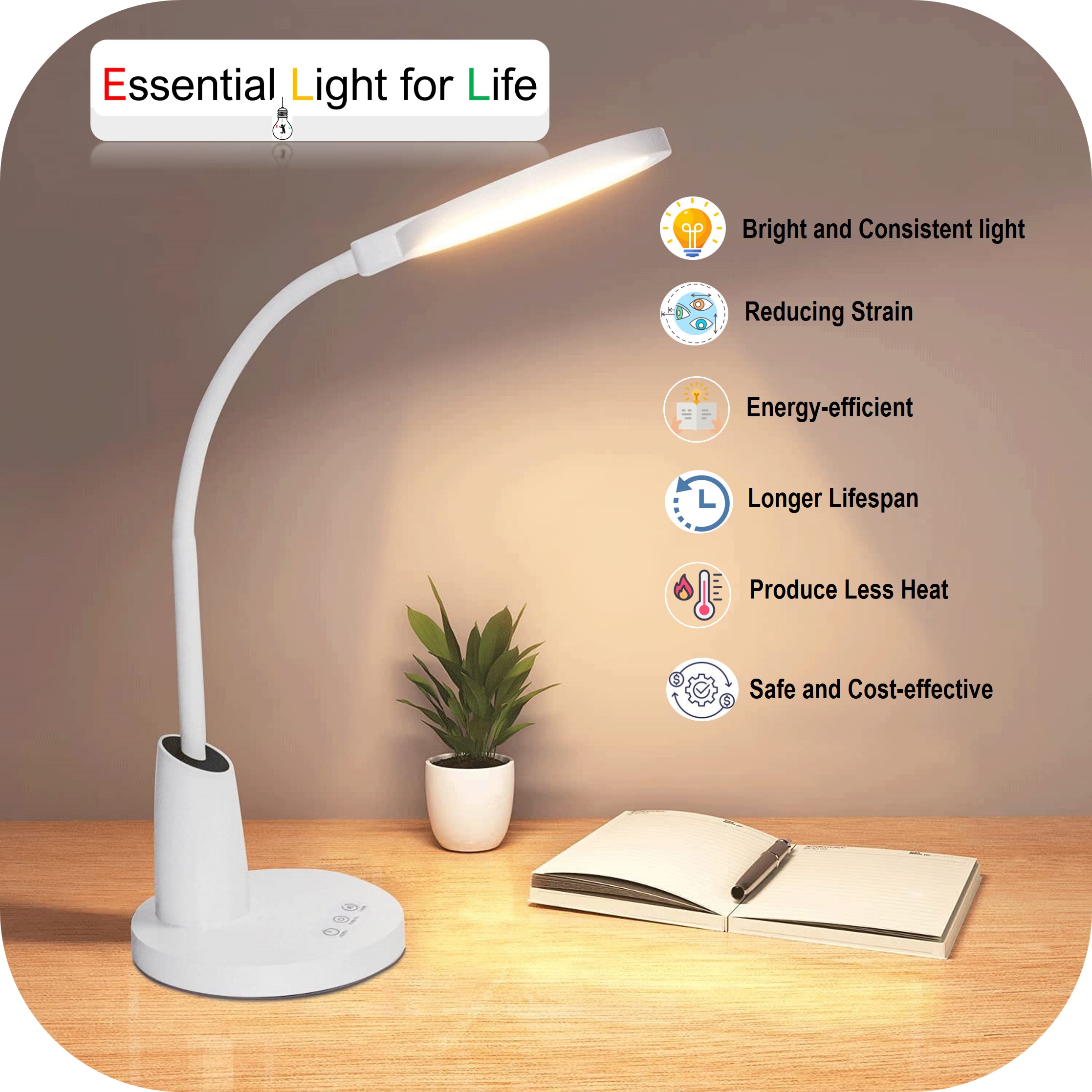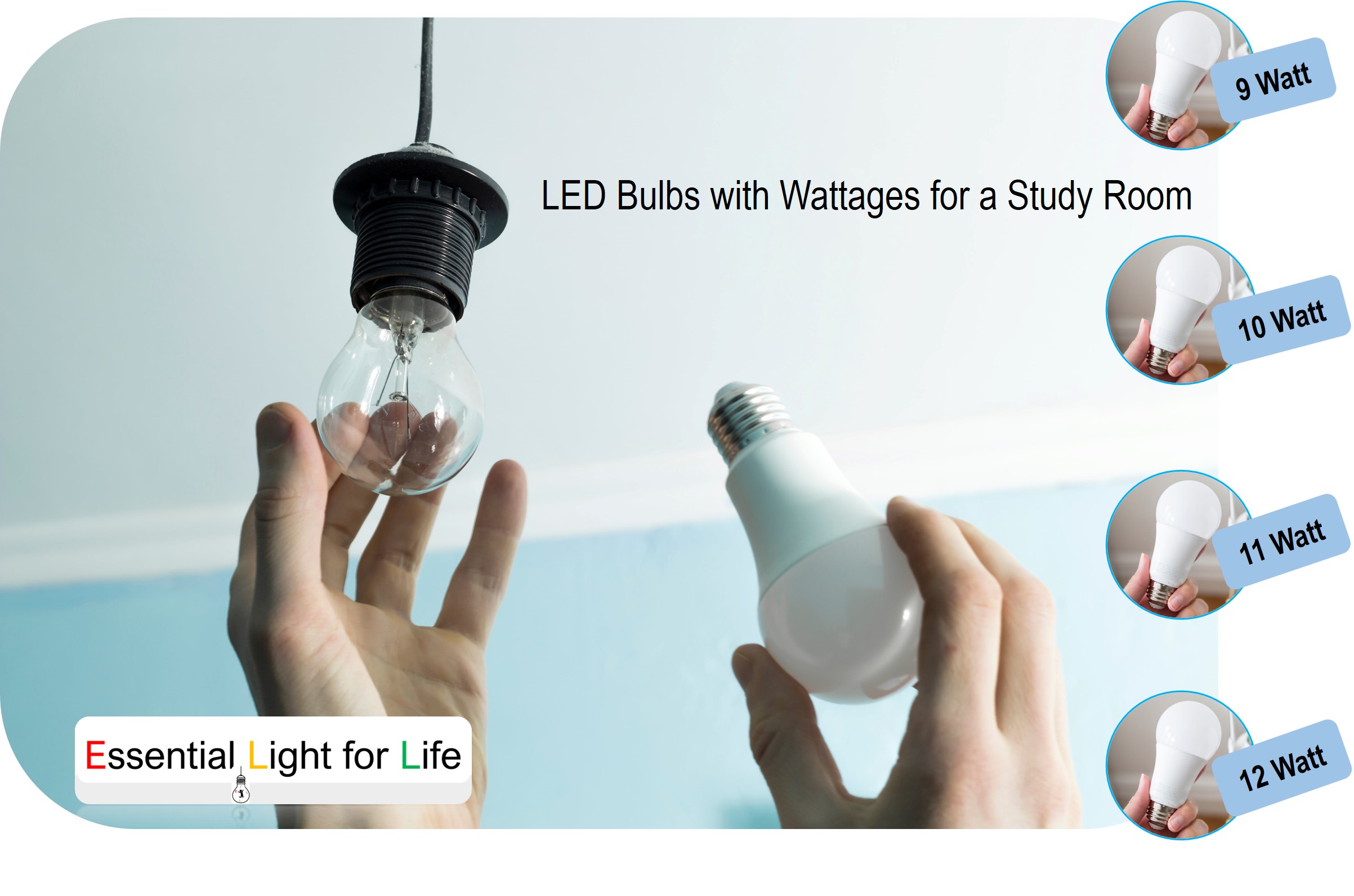We all enjoy relaxing in front of the TV, but have you ever wondered how the color of light in your viewing environment can affect your experience and even lead to headaches? In this blog, we’ll explore the best color light for watching TV, the colors that can trigger headaches, and whether green LED lights can provide relief from headaches.
1. What Color Light is Best for Watching TV?
The best color light for watching TV is soft, warm white light with a color temperature around 2700K to 3000K. Warm white light creates a cozy and inviting atmosphere, enhancing your overall viewing experience. It reduces eye strain and glare, making it easier to focus on the screen for extended periods. Additionally, warmer colors in the living room or media area can contribute to a relaxing ambiance, perfect for movie nights or binge-watching your favorite shows.
2. What Color Light Gives You Headache?
Certain colors of light can trigger headaches and migraines in some individuals, particularly those sensitive to light. Bright and intense colors, such as cool white or blue light, are more likely to cause discomfort and headaches. These colors emit higher amounts of blue light, which can disrupt the natural sleep-wake cycle, strain the eyes, and contribute to headaches, especially when exposed for prolonged periods.
3. Does Green LED Lights Help Headaches?
Green LED lights have been suggested to help alleviate headaches for some individuals. Green light has a calming effect and is considered less likely to trigger headaches compared to other colors. Some studies suggest that green light may even help reduce migraine symptoms in certain cases. However, the effectiveness of green LED lights in relieving headaches can vary from person to person, and more research is needed in this area.
4. LED Color to Help Headaches:
To help prevent headaches and promote visual comfort, consider using warm white LED lights with lower color temperatures, as mentioned earlier. These softer colors are less likely to cause eye strain and glare, reducing the risk of headaches. If you experience headaches frequently, it’s also essential to control the overall brightness of the room and limit screen time, as excessive exposure to screens can contribute to eye fatigue and headaches.
Conclusion:
Selecting the right color light for watching TV can significantly impact your comfort and enjoyment. Opt for warm white LED lights to create a cozy ambiance and enhance your viewing experience. Avoid bright and intense colors, especially cool white and blue light, to prevent potential headaches and eye strain. While green LED lights may provide relief for some individuals, it’s essential to find the lighting that works best for your specific needs and sensitivities. Prioritizing eye comfort and choosing the appropriate LED colors can elevate your TV-watching experience while safeguarding your well-being.




